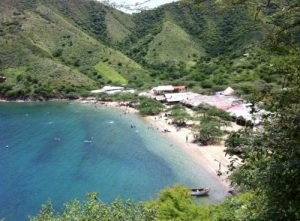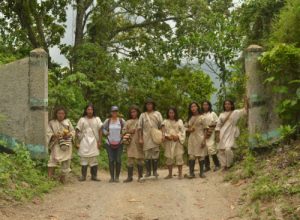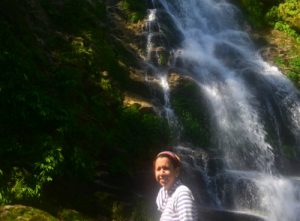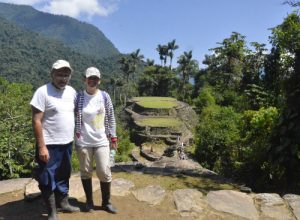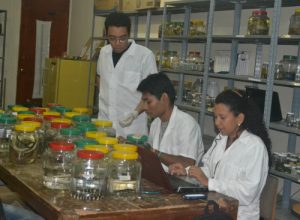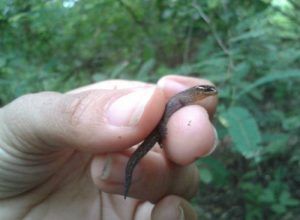Liliana Saboyá Acosta is one of our newest Segré EDGE Fellows, who will soon be starting her project focused on the Colombian dwarf gecko in Colombia. We asked Liliana to write this blog to introduce herself, her project, and explain what an EDGE Fellowship means to her.
Life in a giant land: The small world of the Colombian dwarf gecko
My name is Liliana Saboyá and I’m from Colombia, a country considered to be one of the most megadiverse in the world. I was born and raised in the north of the country in a region known as the “Caribbean Region”. My hometown, Santa Marta, is a very touristic city and is known for having some of the most beautiful beaches in my country. This area also contains the highest mountain in the world at sea level, the Sierra Nevada de Santa Marta, which is considered to be one of the largest centers of endemism in the country and also has the presence of four ancestral indigenous communities: Aruhacos (or Ikjas), Wiwas, Kogis and Kankuamos.
I studied biology at the University of Magdalena, and from the beginning of my career I loved learning about amphibians and reptiles, especially those distributed in the Sierra Nevada of Santa Marta and in the lowlands of the Caribbean. My desire to learn about these species and my interest in the conservation of my country’s natural heritage was encouraged by my tutor Juan Manuel Renjifo. His stories about his expeditions around Colombia and his experiences as a herpetologist inspired me learn more about the ecology of endemic species of reptiles of the Sierra Nevada. I especially wanted to convey to non-scientific communities the importance of conserving this animal group that is usually feared by the people of the region.
I later worked in the Herpetological Collection at the University of Magdalena, where we found a small group of students interested in the ecology and systematics of amphibians and reptiles. With them we started some ecological collections of reptiles including the species Lepidoblepharis sancataemartae, a very abundant lizard in the lowlands of the Caribbean (pictured below). From this study, other ecological and taxonomic questions relating to this group arose. Through this we eventually met the species Lepidoblepharis miyatai, which, unlike its sister species, is classified by the IUCN as endangered due to its range of distribution restricted to the lowlands of the Sierra Nevada de Santa Marta.
In 2017 we discovered that our small gecko L. miyati was enlisted in the EDGE program. This was a great surprise for us! L. miyatai remained hidden for decades (or maybe, no one was looking for it!) and there is still a lot more to learn about it. I see the EDGE Fellowship as a wonderful opportunity to make this species known to people and institutions present in both the region and worldwide. One of the objectives of my project is to speak with rural communities and indigenous groups’ to gain insight of their traditional knowledge and identify possible threats to this gecko.
The reptiles used to be a neglected group, as people were just afraid of them! I want to show to the world how interesting reptiles really are, and in particular share the small world of the Colombian dwarf gecko.
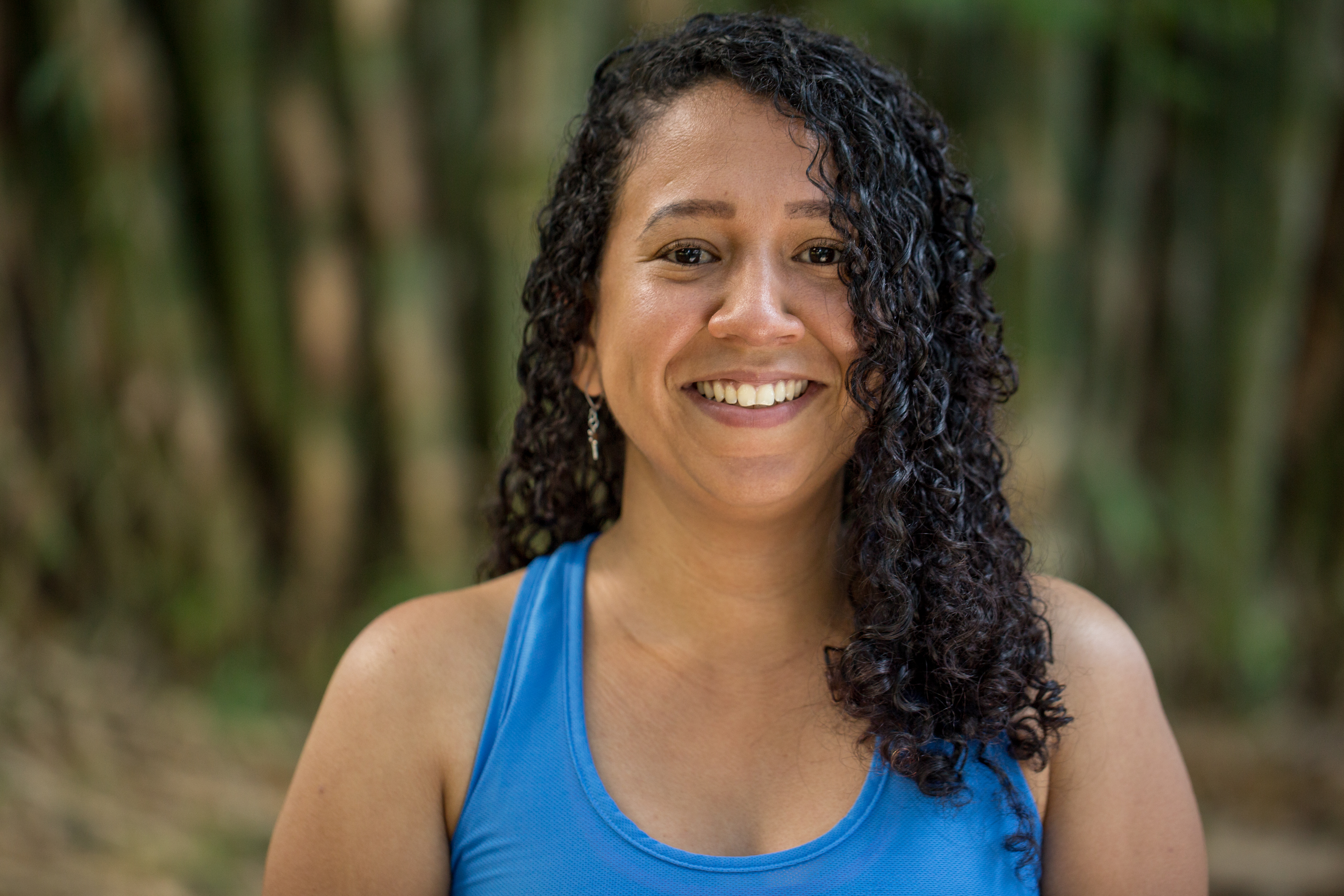
Liliana Saboyá-Acosta is an EDGE fellow with the Zoological Society of London, working with an endemic and critical endangered species of lizard, the Colombian dwarf gecko, Lepidoblepharis miyatai. She is studying for a Ph.D. in environmental and rural studies from Pontifix Javeriana University. As a conservationist, she is interested in the ecological relationships between animals (mainly amphibians and reptiles) and tropical ecosystems and the impact caused by human activities.
Liliana is focused on the natural heritage of her country through conservation programs that include communities and traditional knowledge as a tools for the preservation of ecosystem biodiversity.
She has been working with amphibians and reptiles distributed in extreme ecosystems like Paramos and Tropical Dry Forest in different projects with Colombian institutions like Universidad del Magdalena, Instituto de Investigaciones Alexander Von Humboldt, Selva NGO, Caribbean Heritage Foundation and Ecorref Foundation. In 2009 she was part of the program “COLCIENCIAS Young research” where she participated and have contributed in national and international seminars, and published papers in high-profile scientific journals.
